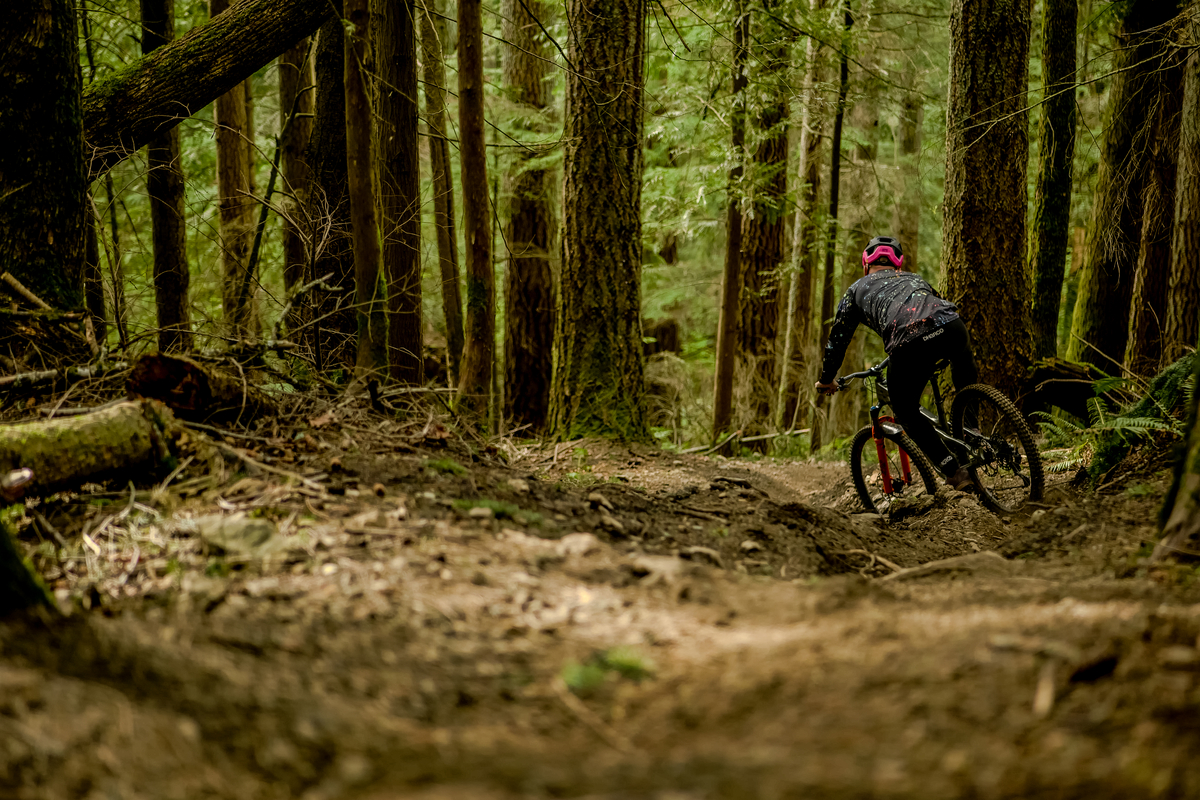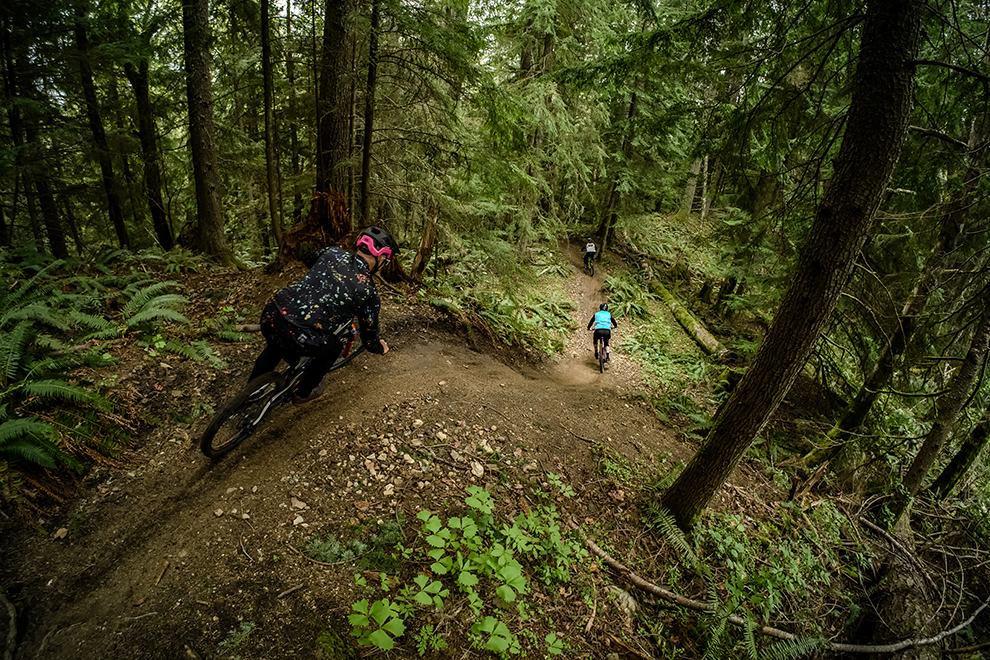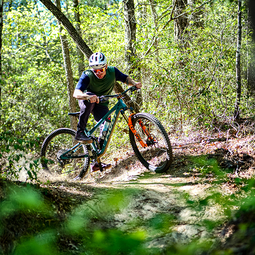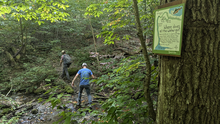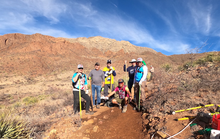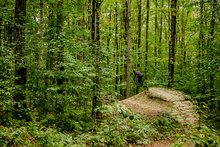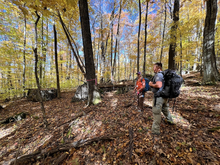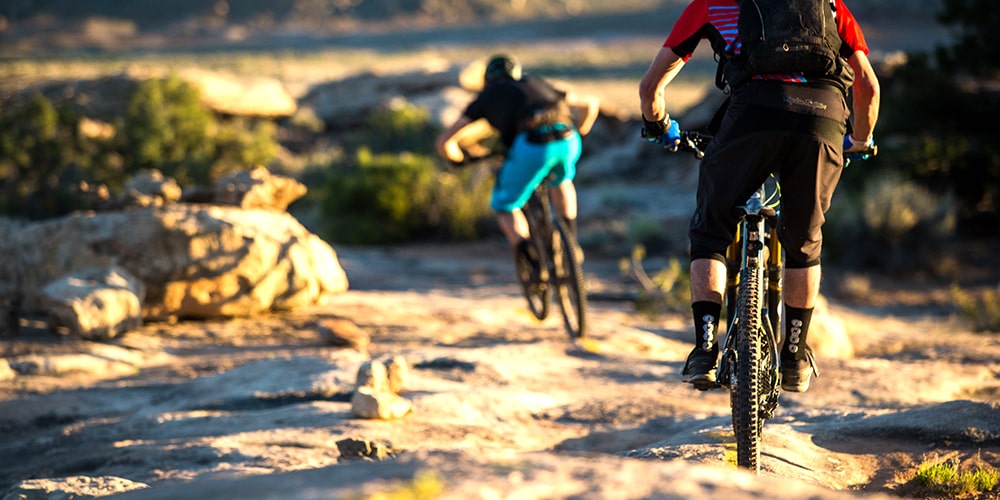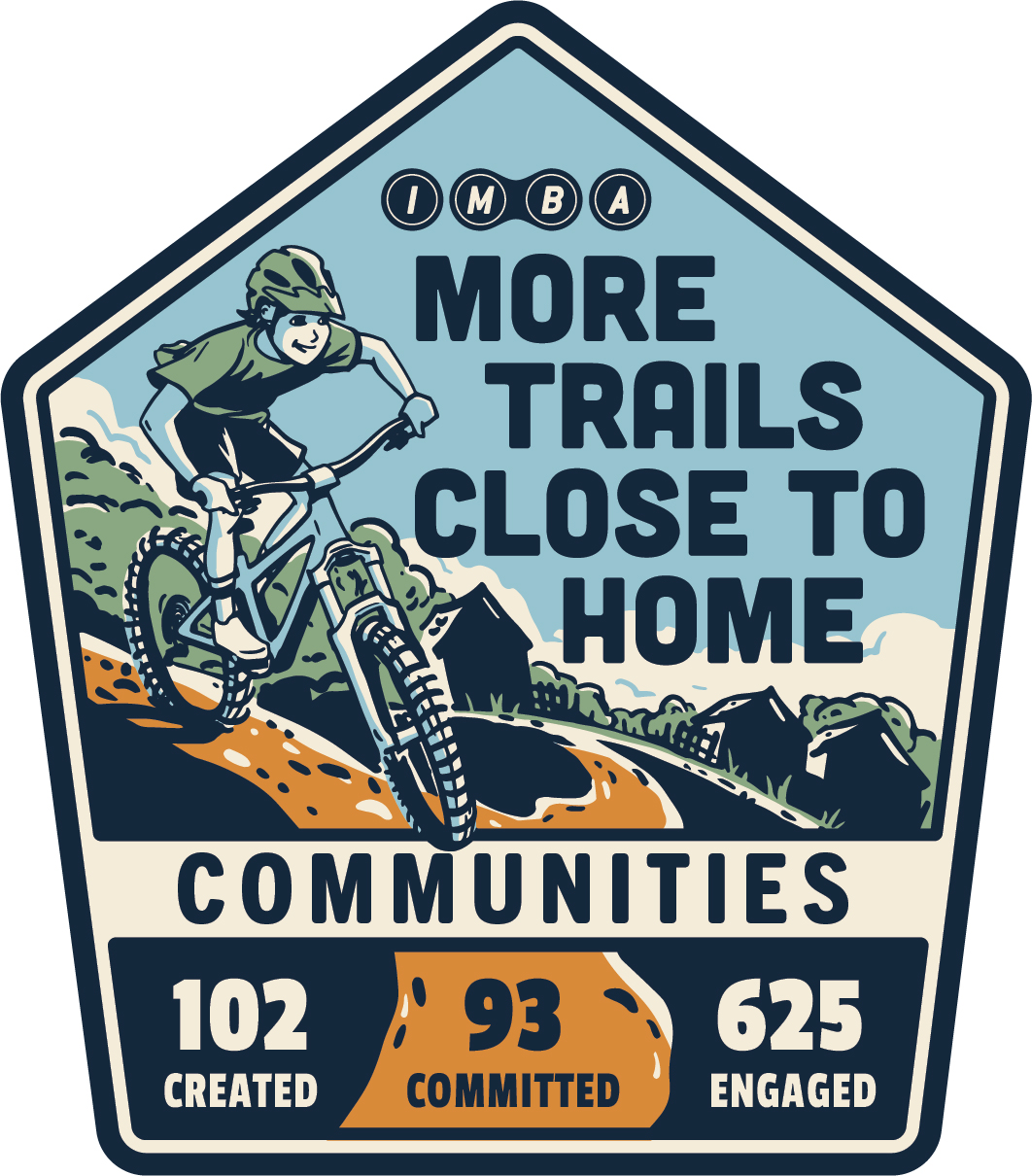Riding the Wave in Williamstown
Few parts of the United States can rival what Bellingham means to the mountain bike industry.
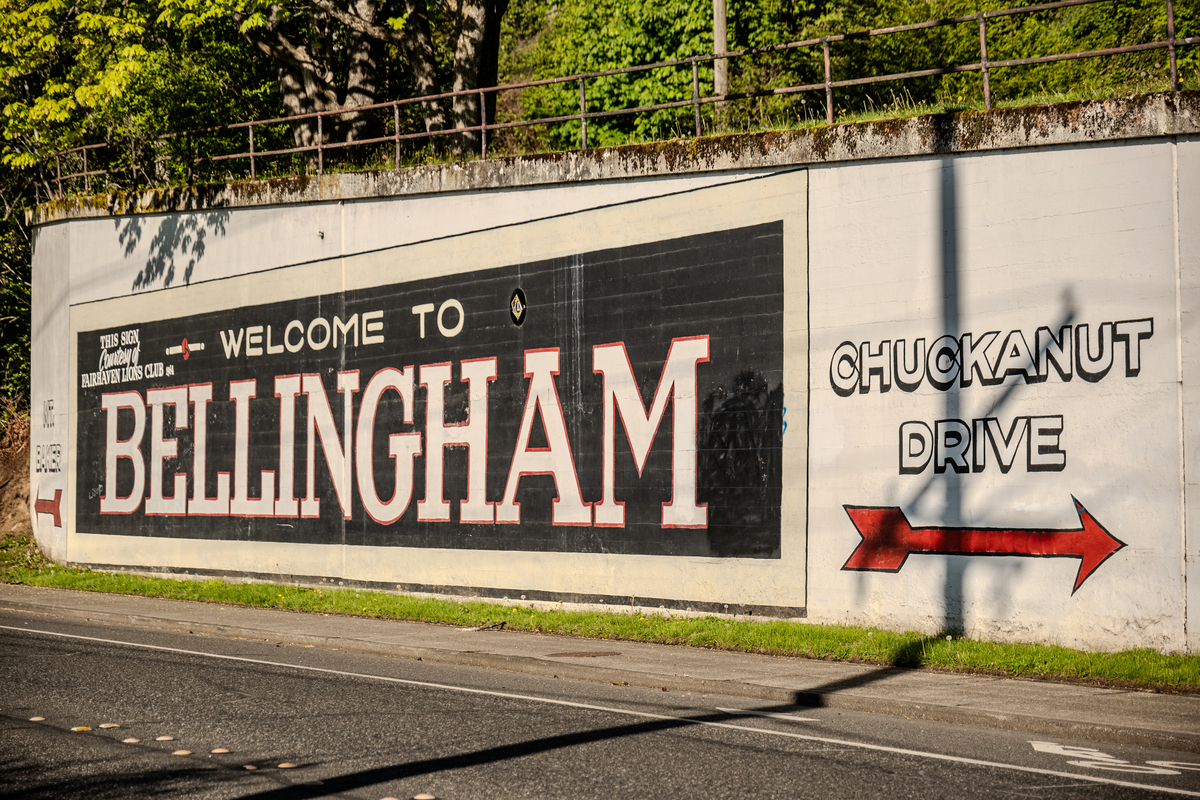
It’s home to a number of global brands and manufacturers, as well as one of the industry’s leading sources for independent media, Freehub Magazine. A large number of high profile athletes call this place home, and understandably so: the volume of high quality, progressive trails — both above and below board — is staggering.
Bellingham is home to just under 100,000 people and is surrounded on all sides by staggeringly beautiful landscapes, from the Salish Sea to the west to Mount Baker and the North Cascades to the east, and all manner of lush PNW greenery in virtually every direction. The city sits 20 minutes south of the Canadian border, providing quick and easy access to a whole slew of world-class options in British Columbia, and conversely, is the first stop for Canadians trekking into the States looking for fresh stashes of trail.
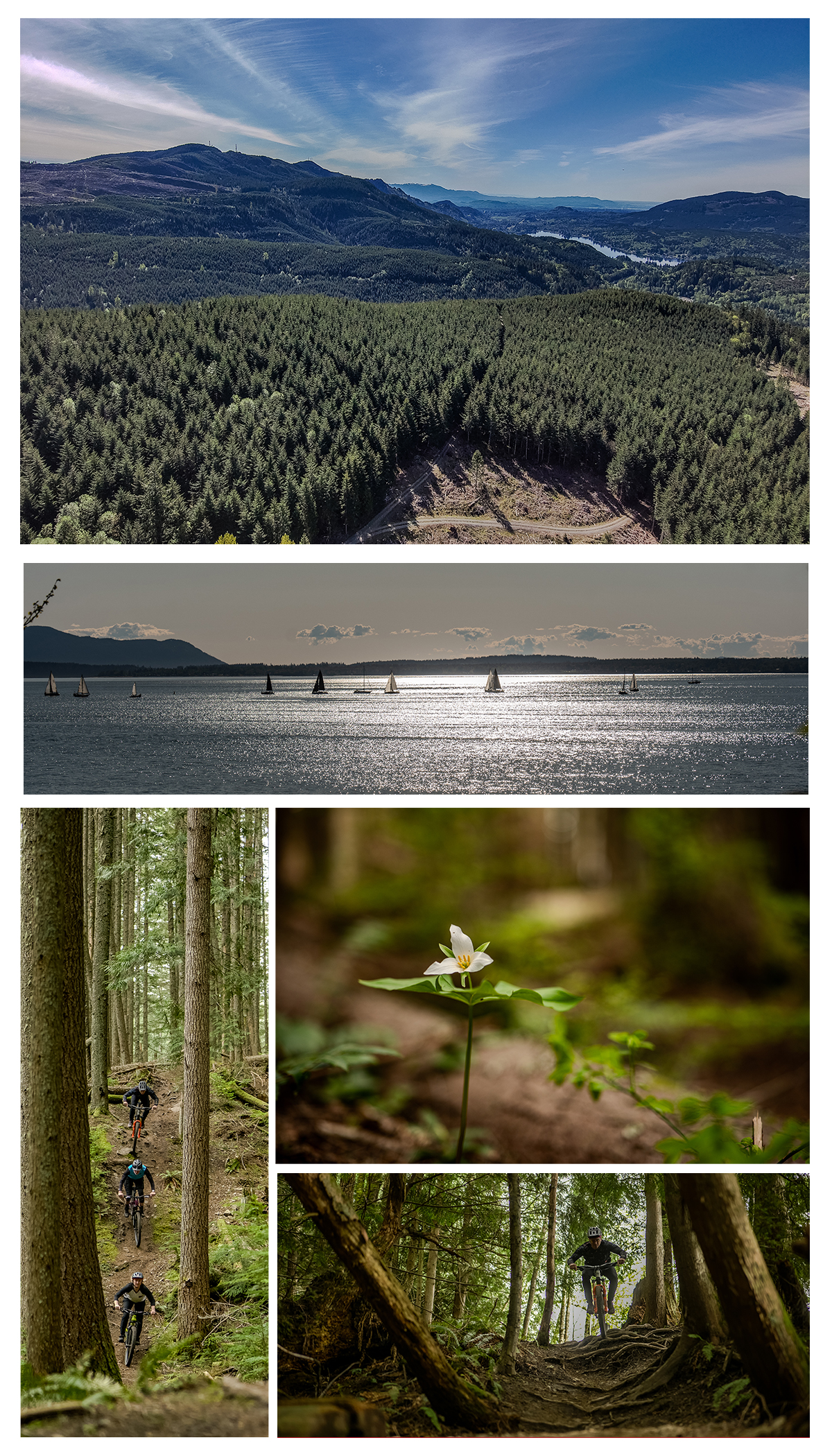
Like much of the Pacific Northwest, the area in and around Bellingham is highly coveted, and it goes well beyond the recreational opportunities that are available. Timber harvesting is prevalent throughout much of the top left corner of the country, and Bellingham is no exception. Galbraith Mountain, in particular, is a privately owned commercial working forest surrounded by Bellingham neighborhoods. Galbraith Tree Farm owns over 2,000 acres of Galbraith’s forests, with 3 other landowners (The City of Bellingham, Polygon LLC, and the DNR) combining to make up less than half of that.
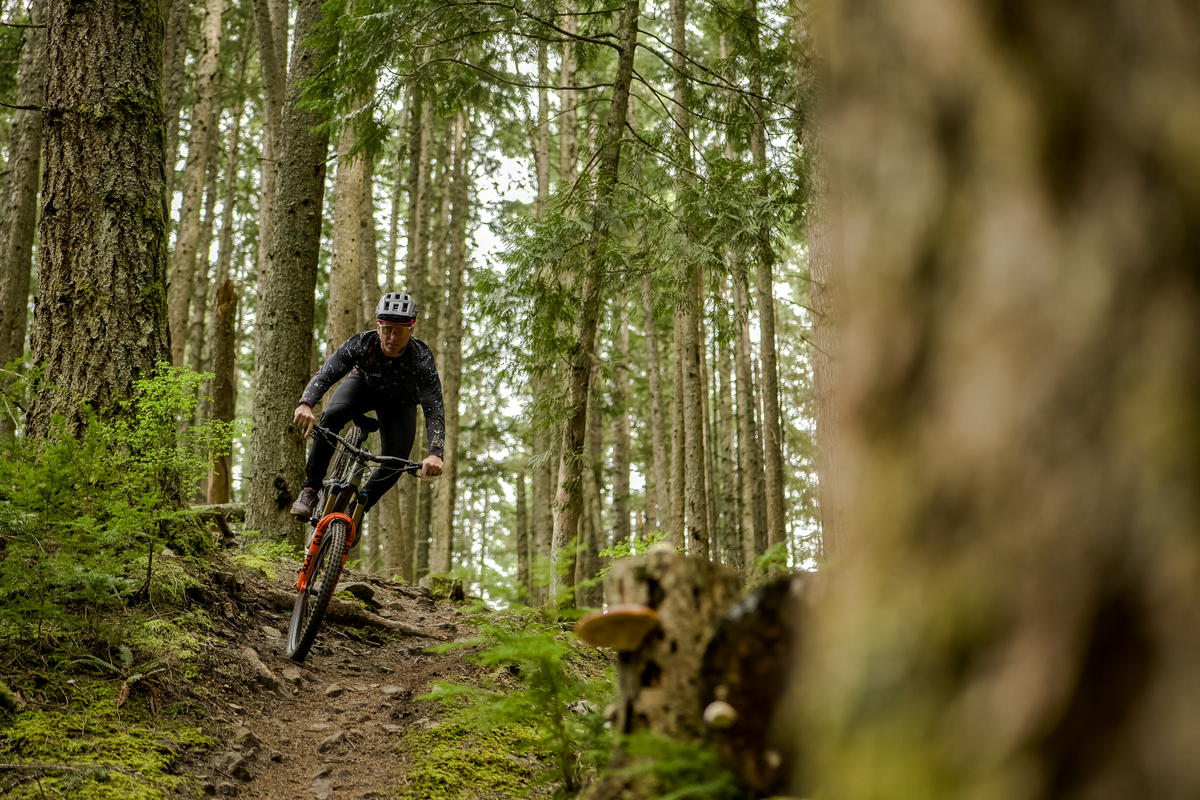
Galbraith Tree Farm manages timber throughout the year, primarily through clear-cutting and thinning. These practices, along with aerial spraying and road construction, can significantly impact the landscape in terms of soil erosion and water management. Fortunately, groups like the WMBC—or Whatcom Mountain Bike Coalition—are around to help mitigate the impact of this activity on the trails.
Formed in 1986 on the slopes of Galbraith, the WMBC (formerly WHIMPS-WHatcom Independent Mountain Pedalers) became authorized trail stewards of Galby in 2001 and have been working tirelessly to secure and enhance access on Galbraith along with scores of other mountains and forests throughout the region. While timber management can make for an ever-evolving and constantly dynamic situation for trail users, WMBC, Galbraith Tree Farms, the City of Bellingham, and the DNR work together to develop a pretty dialed system for reroutes, closures, and, of course, trail building. One of the newest trails on the mountain is the ultimate example of the power of collaboration: Blue Ribbon.
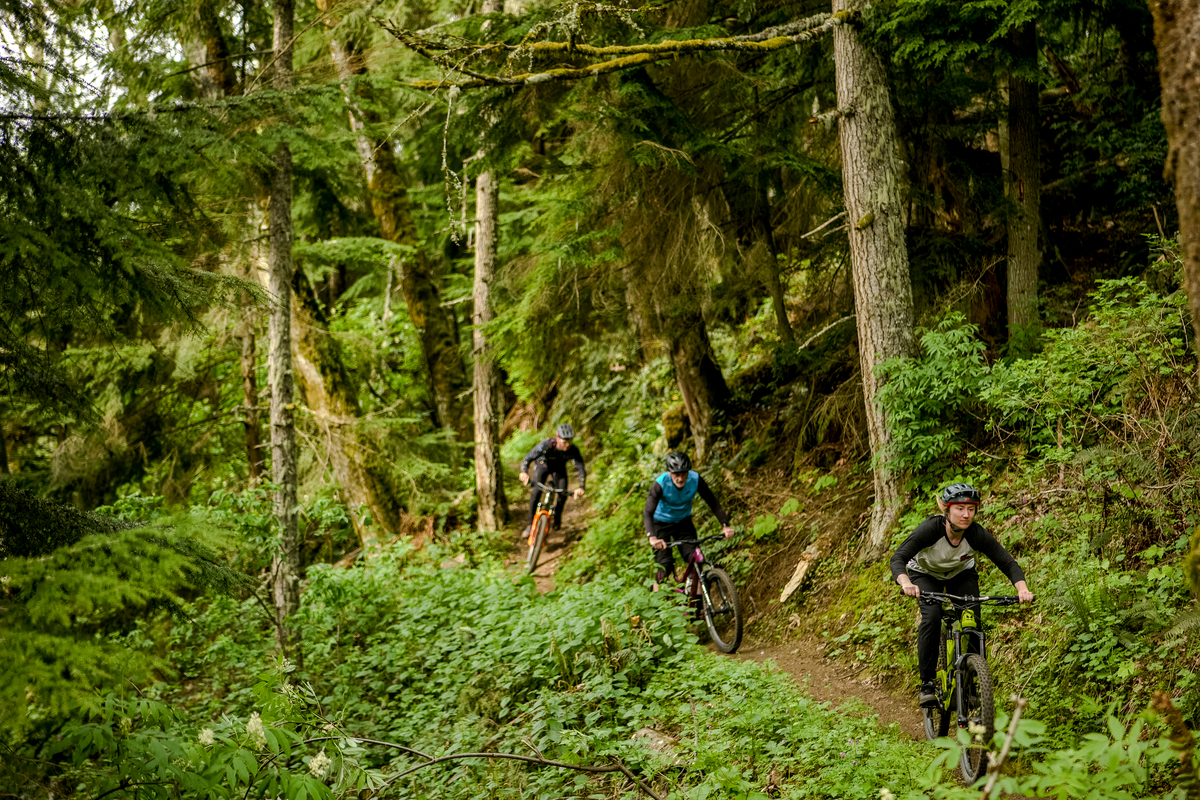
“Blue Ribbon was inspired by the idea of designing something for blue-level riders who want to pursue progression,” Skye Schillhammer says above the entrance to Galby’s newest flow trail. “We feel like there are a lot of trails that are either really mellow or expert-only, and there’s not a lot being built here for everyone in between. We feel like trails are a cornerstone of this community and we wanted to provide something super rad for trails and for the people who call Bellingham home.”
Skye, Transition Bikes marketing director, and the rest of the Transition team hired professional freeride athlete and trailbuilder, Nico Vink, to design and build a blue-rated jump line on Galbraith Mountain for what would be one of the company’s most ambitious and expensive projects ever. The trail utilizes a wide corridor and provides riders with a variety of options for virtually every feature from top to bottom, allowing the trail to be interpreted and ridden differently based on rider skill and preference.
Hear directly from Skye on the creation of Blue Ribbon:
“A few of us at Transition approached the WMBC about a style of trail we thought would be cool to bring to the community,” Skye continues. “And WMBC went to work on acquiring the necessary permits and to make sure we had everything we needed to design and build this thing. Once we were ready to break ground, we brought in Nico Vink who would really become the mastermind of this thing. He has this way of taking what we want the feel of the trail to be and making it a reality. We had the whole community out for some public trailwork days, which really helped put the finishing touches on the trail. It’s been a group effort from the start.”
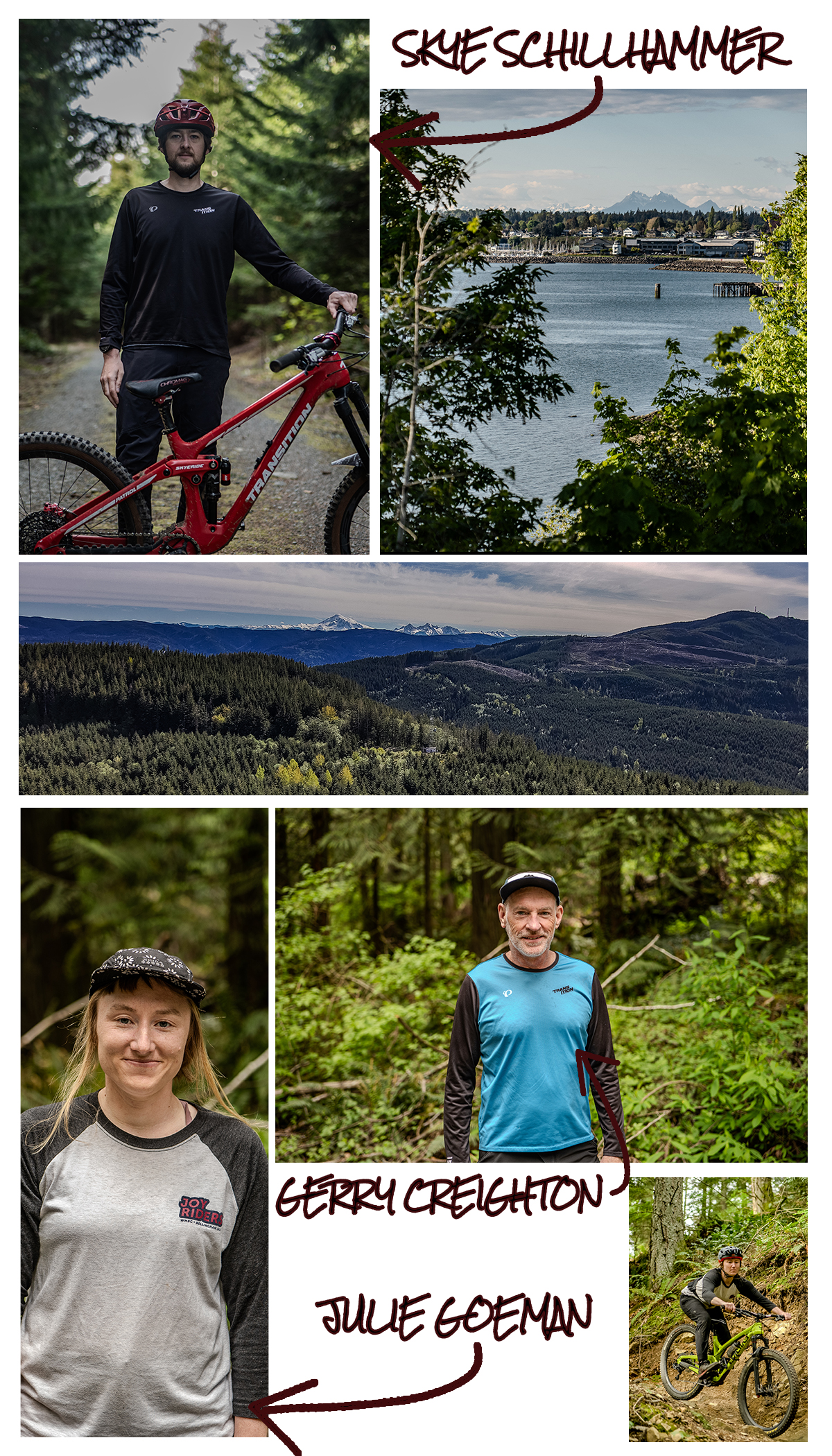
While Galbraith may very well be the centerpiece for Bellingham’s mountain bike community, it’s far from being the only worthwhile place to ride in town. Directly across from Galby on the opposite shoreline of Lake Whatcom (home to Bellingham’s water supply) sits Stewart Mountain, home to one of the area’s most beloved trails: the formerly rogue, and currently above-board classic, Brown Pow.
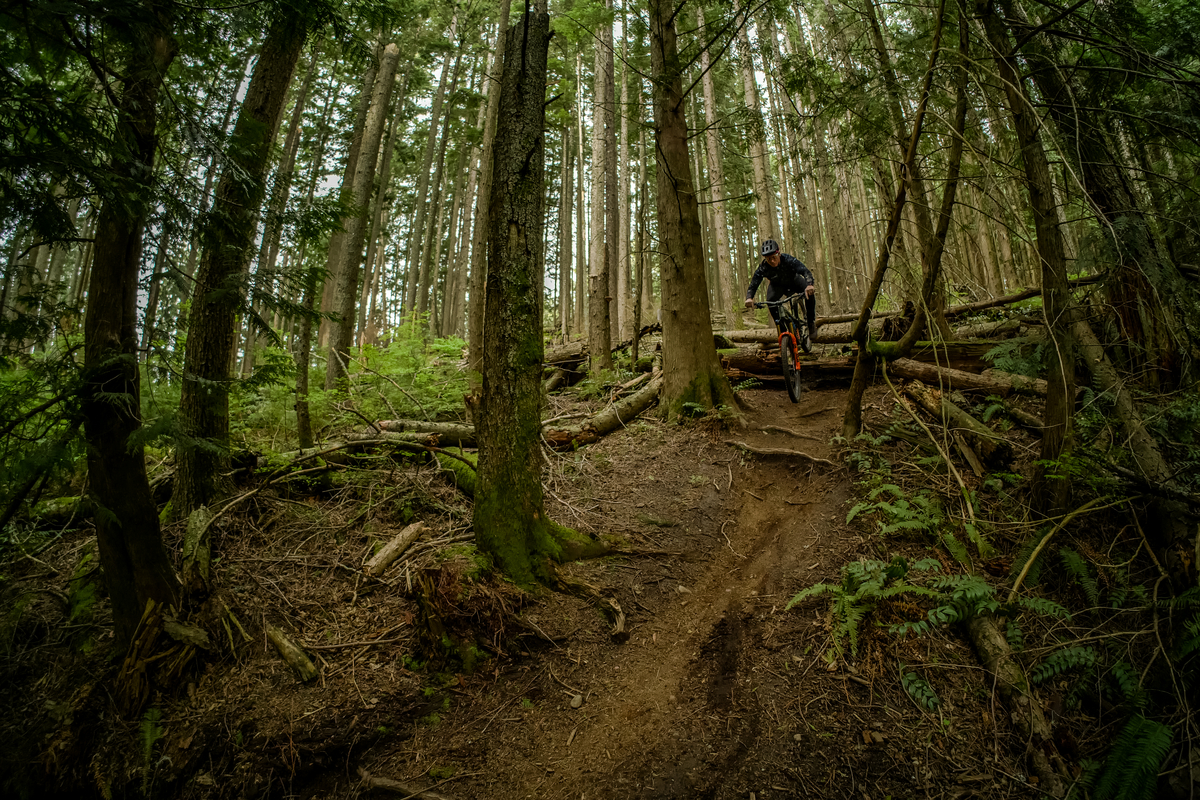
Gerry Creighton and Julie Goeman are two of the key WMBC members behind the work to fold Brown Pow into the legal network of trails at Lake Whatcom park. This volunteer-led effort was a massive undertaking, but one that will certainly pay dividends for generations to come.
“WMBC partnered with Whatcom County Parks in 2019 to make this a legal trail,” Julie explains. “And at the same time they were building Upper Chantrelle, which is the climbing trail you take to get to the start of this.”
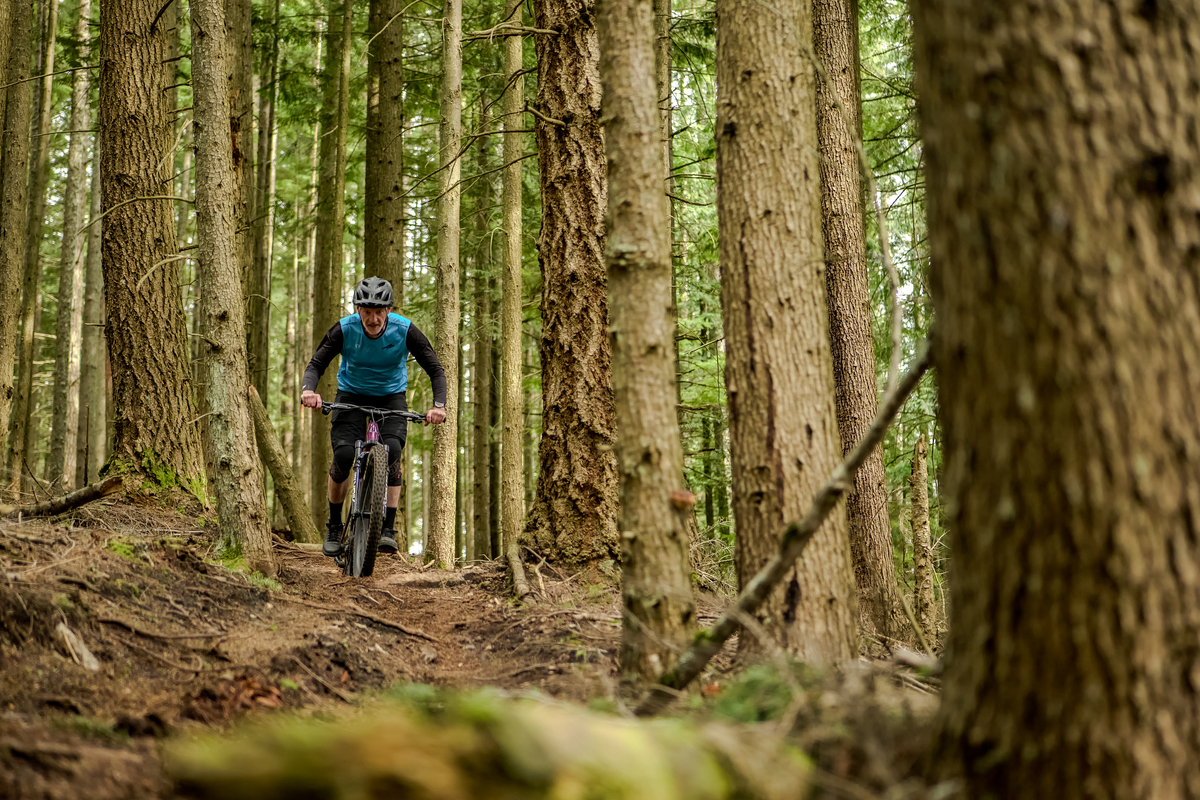
“This being an illegal trail,” Gerry adds. “Meant that there were a lot of fall-line sections and it just wasn’t sustainable. The county told us to fix these sections and we’ll make it a legal trail. I moved here in 2018 and began riding this trail right away, and was fortunate to be able to work on the reroutes to make this trail what it is today.”
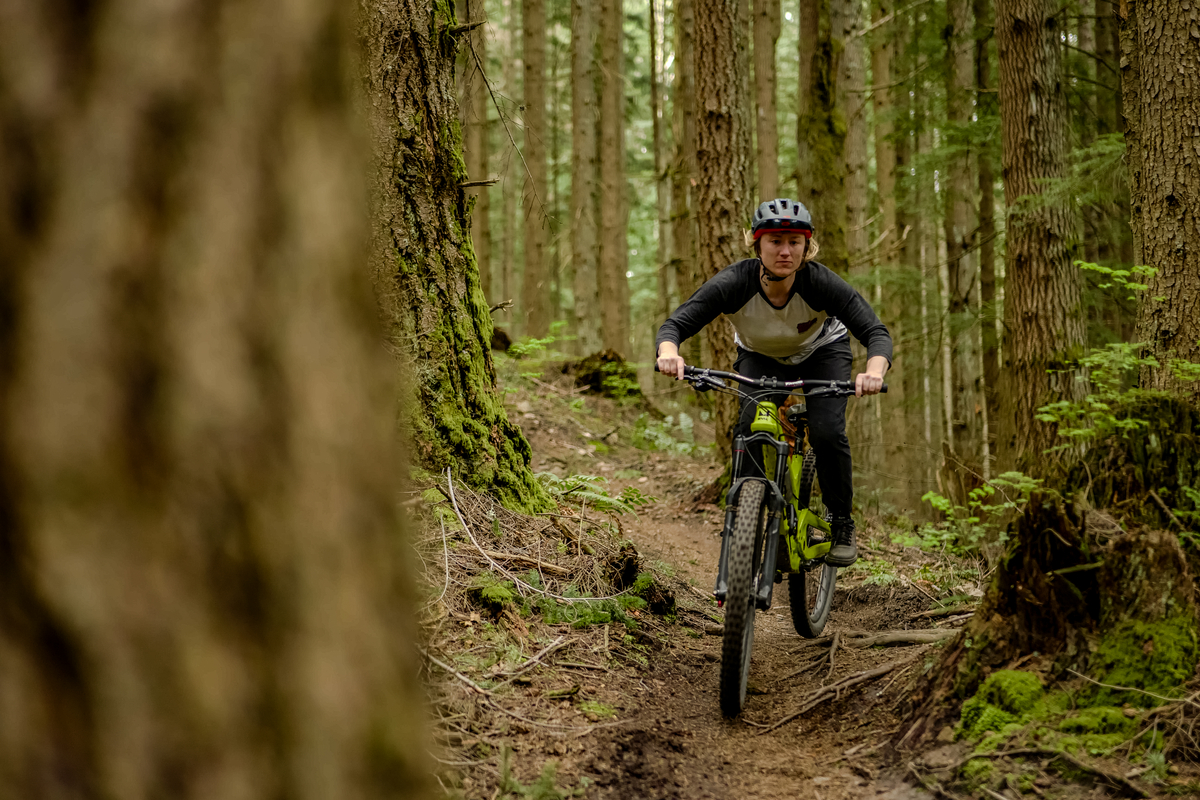
In its current form, Brown Pow drops riders nearly 1,700 vertical feet over the course of 2 miles of loamy, technical and brilliant trail through old growth Douglas Fir forest. Of course the trail amassed plenty of fans during its run as a rogue trail, so it goes without saying that these changes were going to ruffle some feathers in one of the country’s most revered mountain bike communities. Of course there’s always going to be a bit of gatekeeping when it comes to conversations around any major changes to a beloved trail, Julie and Gerry both feel like the reception from locals has been overwhelmingly positive.
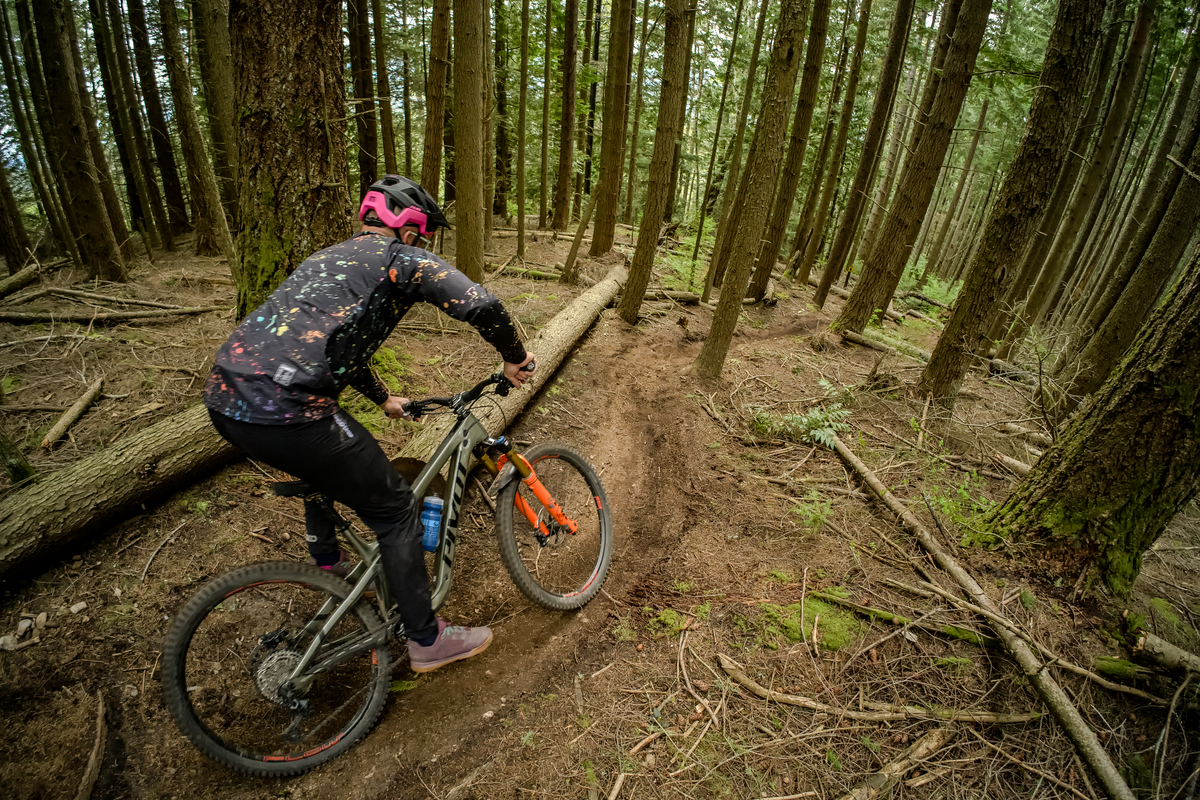
“It’s always a bit of a gray area at first,” Julie says. “But I think the feedback has been pretty positive as far as the changes we’ve made to Brown Pow. A lot of that is because we’re in the Whatcom Watershed, meaning Lake Whatcom is where we get our drinking water from, and that’s why the county and other land managers are so concerned that we make these trails sustainable.”
Hear directly from Julie & Gerry on their decision-making process with trail changes:
There’s a pocket of the mountain bike populous who will always cringe when they hear words like sustainability, but as Bellingham continues to push the envelope with what it means to be a trail community, it’s going to continue to be a big part of the conversation. That’s not to say that the roots of one of the world’s most esteemed mountain bike communities will ever be left behind; the loamy, technical and rowdy trails upon which this place was built are always going to be a part of this town’s DNA.
“As more and more riders have come to check out Brown Pow,” Gerry explains from the start of the trail. “A whole bunch of holes, mud puddles and braking bumps have appeared, so Julie and I continue to spend a lot of time re-naturalizing the trail. We want to always feel like it did before it was legal.”
